This article explains how to optimize a storage pool in storage spaces on Windows 11.
Storage Spaces is a feature in Windows that allows you to combine multiple hard drives into a single virtual drive, also known as a storage pool. This feature enables you to create a more flexible and scalable storage solution for your computer.
With Storage spaces, you can create a Storage pool, rename it, add physical disk drives to it, add a Storage space to an existing Storage pool, and more.
When you create a Storage pool, you can select the optimize feature to optimize drive usage. This will move some of your data to the newly added drive to best use the pool’s capacity.
This should happen by default when you add disk drives to a storage pool and select “Optimize to spread existing data across all drives.”
Optimizing the Storage pool helps distribute the data across all the drives in a storage pool, making the best use of their capacity. This ensures that the data is evenly spread out, which can improve performance and reduce the risk of data loss.
It can also help balance the storage usage across all the drives in the pool, which is especially useful if you have added new drives.
Optimize Storage pool in Storage spaces on Windows
As mentioned, users can use the Storage pool optimization feature to optimize drive usage.
Here’s how to do it.
First, open the Windows Settings app.
You can do that by clicking on the Start menu and selecting Settings. Or press the keyboard shortcut (Windows key + I) to launch the Settings app.
When the Setting app opens, click the System button on the left.
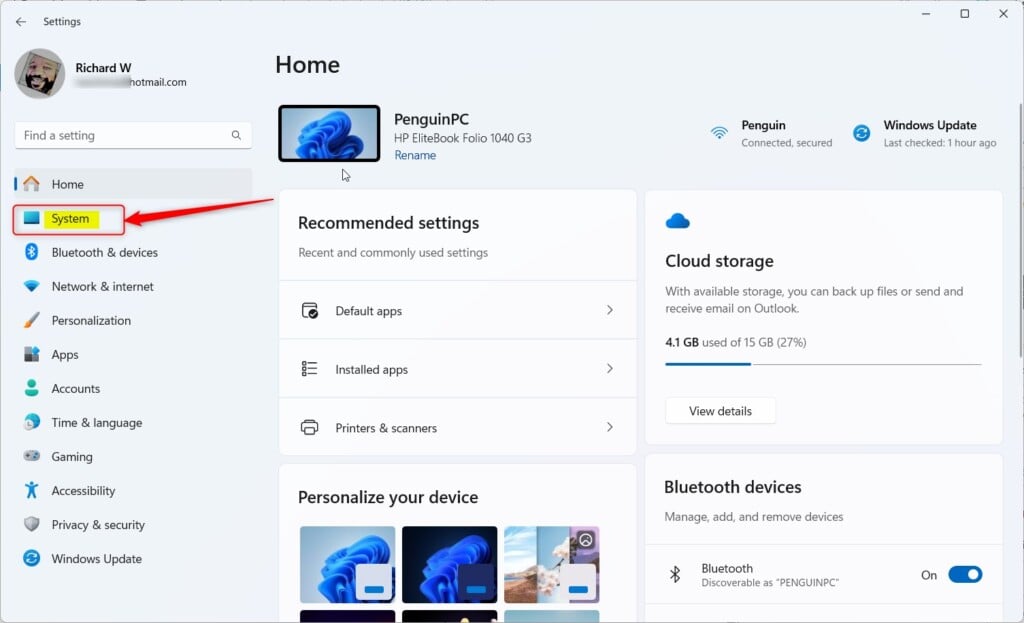
Select the Storage tile on the right to expand it.
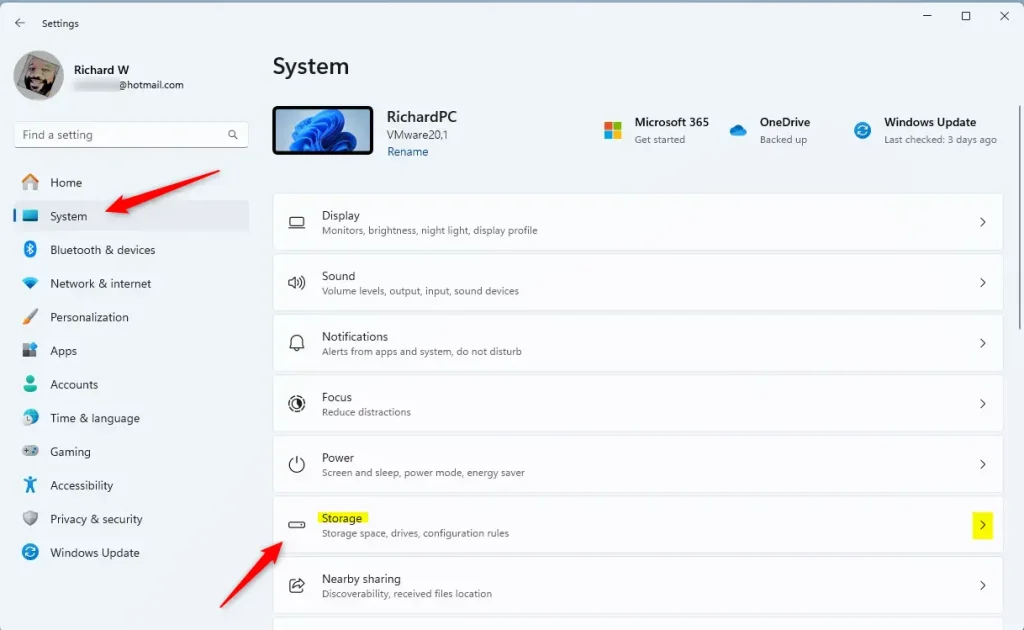
On the System -> Storage settings page, select and expand the “Advanced storage settings tile, and click the “Storage Spaces” tile to expand it.
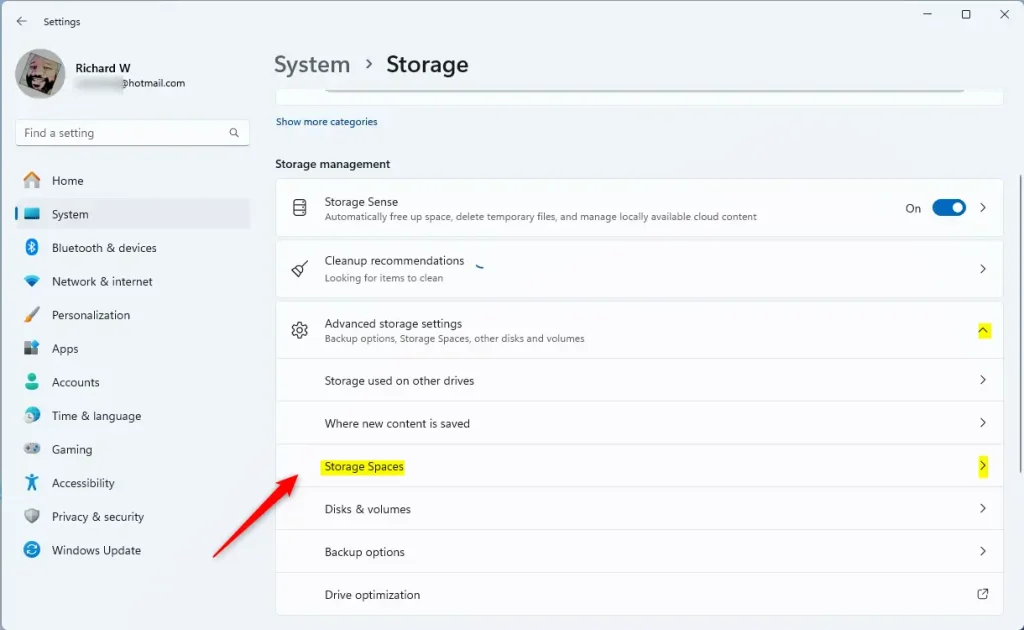
Next, select the “Storage pool” tile to expand it.
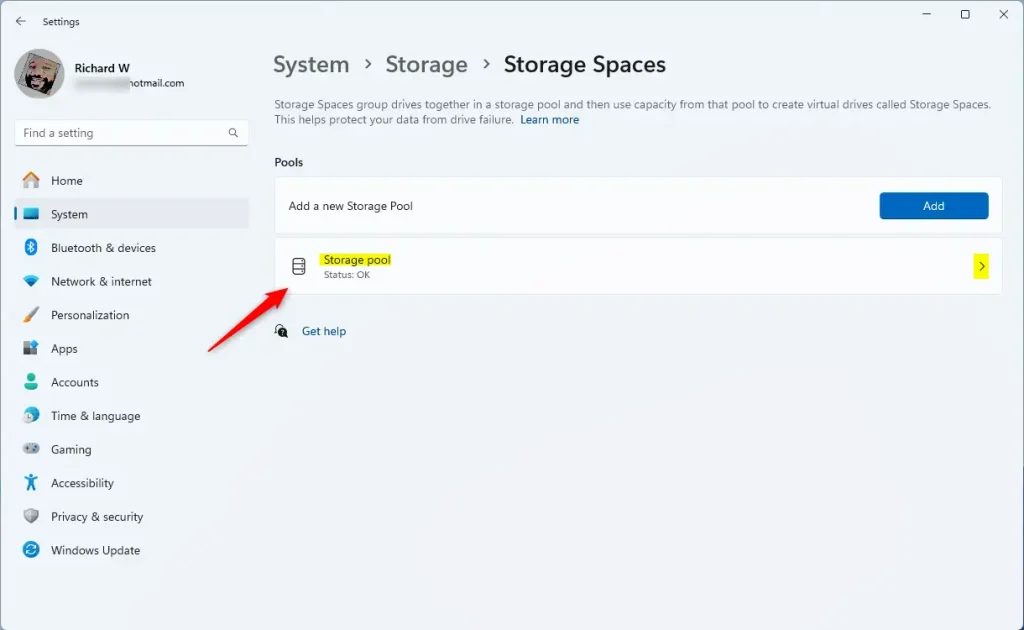
On the Storage pool status page, click the “Optimize” button to optimize the pool.
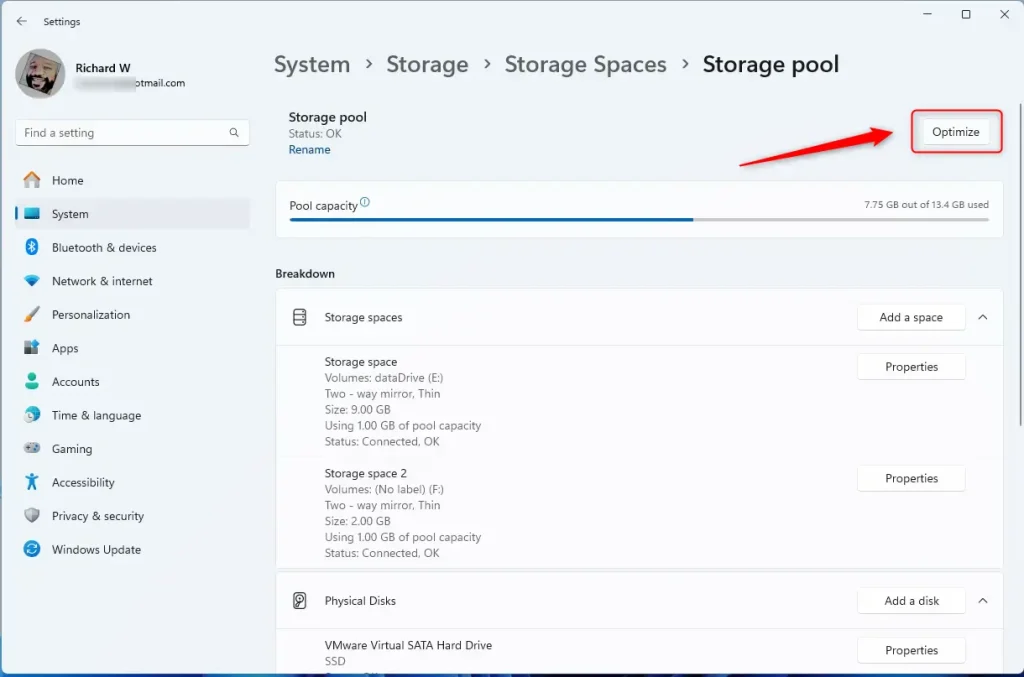
Wait for the optimization to complete and close the Settings app.

Optimize Storage pool using PowerShell
Another way to optimize the storage pool on Windows is to use the PowerShell command.
First, open PowerShell in Windows Terminal as administrator.
Use the command below to list all storage pools on your machine.
Get-StoragePool
Then, optimize the storage pool using the command format below.
Optimize-StoragePool -FriendlyName "Storage pool name"
For example, to optimize a Storage pool named “Storage pool,” run the command below.
Optimize-StoragePool -FriendlyName "Storage pool"
That should do it!
Conclusion:
- Optimizing the storage pool in Storage Spaces can improve performance and reduce the risk of data loss.
- The process involves using the Windows Settings app or PowerShell in Windows Terminal.
- By evenly spreading data across all drives in a storage pool, users can effectively balance storage usage and maximize the capacity of their drives.
- Please use the comments section below the post for any further queries or feedback.

Leave a Reply Cancel reply